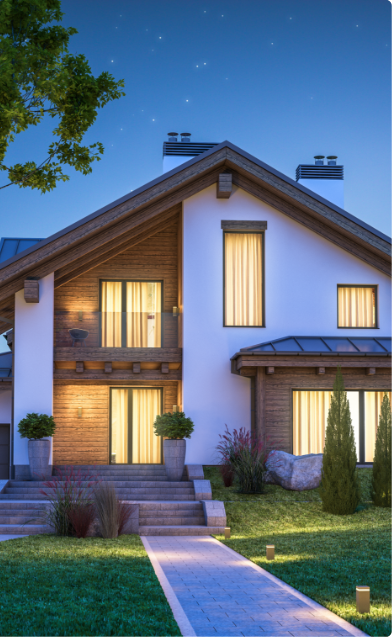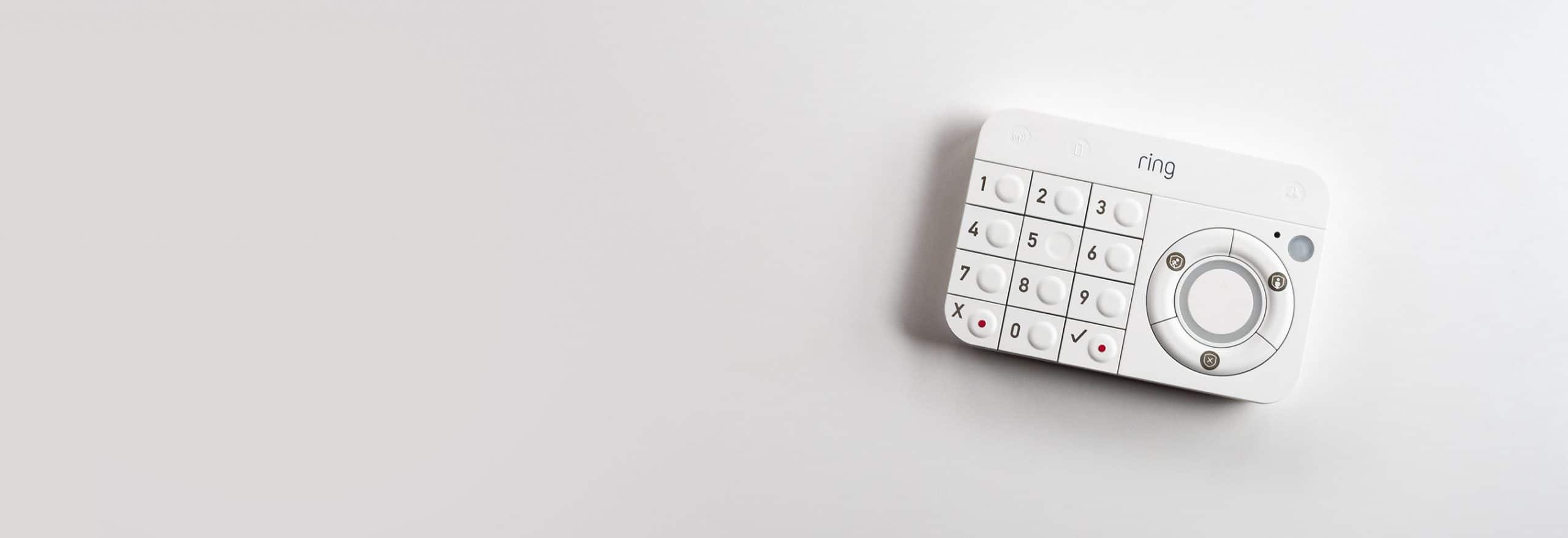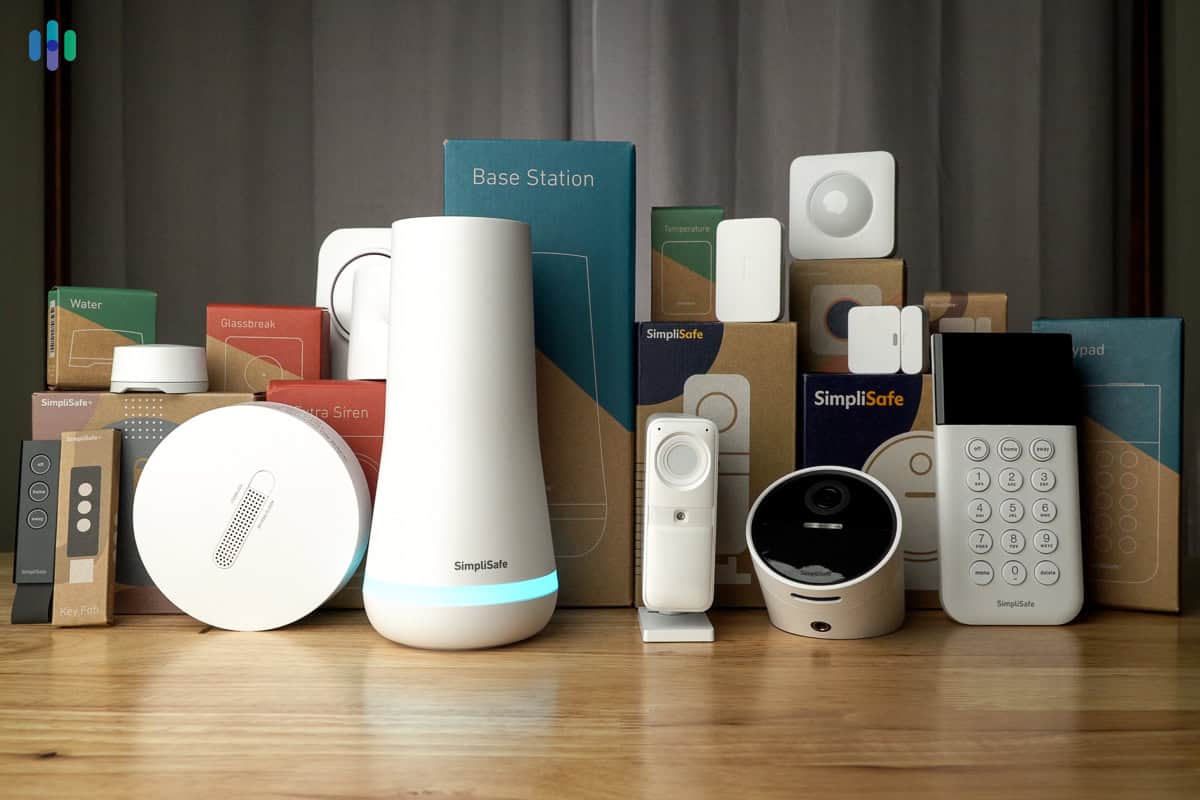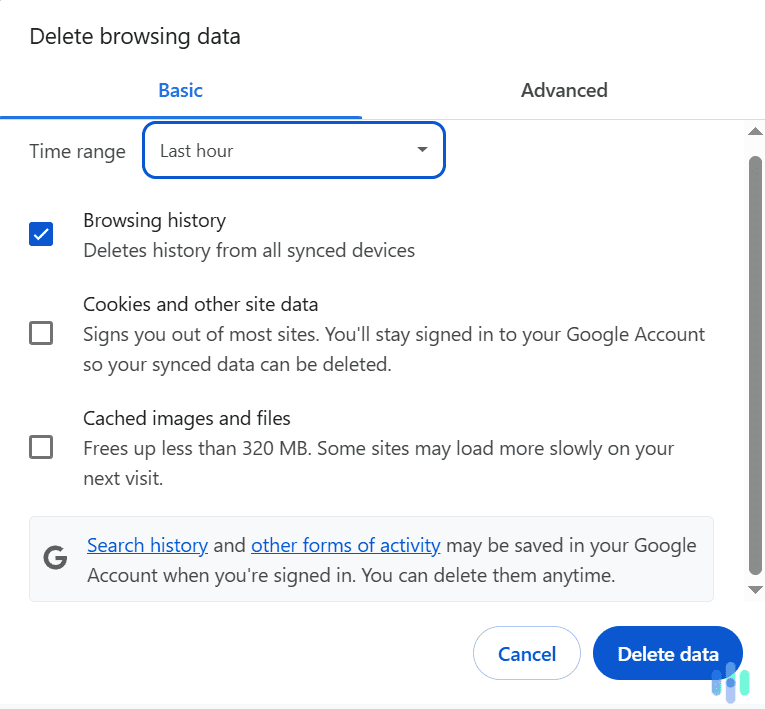Making sure your home is safe is a huge responsibility. While we strongly advocate for the use of security systems, our countless tests have shown that simply having one doesn’t guarantee complete safety and security from burglars and home invaders. We have to make a complete lifestyle overhaul and make key changes to make our homes as secure as can be.
That’s easier said than done, but it’s not impossible if you take it one step at a time. With that in mind, we put our heads together to create this massive list of over 50 home security tips. You don’t have to apply all of them at once, but at least you have a checklist as you eventually make your way to a safer, more secure home.
Security System Finder
By answering a handful of easy questions, you can discover the security system that’s perfectly tailored to your needs!


Home Security Tips
Securing your home means more than just installing a video doorbell and calling it a day. There are certain key areas you have to be mindful about, including the main entry points (doors and windows), locks on those entry points, and outside and inside your house. Here are our tips for bolstering the security in each key area:
Doors and Windows
- You can’t keep your windows closed all the time. But, at least when you’re in bed sleeping or away from home, make sure to lock all first-floor windows and doors. You should also lock any second-floor window visible from the street or accessible through a ladder. It’s a good idea to put a window sensor on every window to get an alert whenever they’re opened.
- Locking windows isn’t enough. You should reinforce your first-floor windows with window stops – moldings that stop windows from being pried open. Window stops are also great if you have kids, as they act as reinforcements for child locks.1
- Door sensors are great, but they’re not enough on their own. To reinforce your front door, especially if it swings outward, install security hinge pins. These are hinge pins that cannot be easily tapped out of the hinge, unlike normal hinge pins.
- Use long screws on your front door. This will reinforce its connection to the door jamb, making it harder for anyone to kick down your door.
- Slide-proof your sliding glass patio doors, which are an easy target even if you have a glass-break sensor nearby. Blocking bars are straight pieces of metal or wood that you place in a glass door’s tracks, preventing it from opening.2
- Replace any rotted door or window frames.
- Frost the windows on your garage so no one can see your belongings.
- Replace any glass-paneled doors.
- For the most security, install burglar bars on your windows.
- Use curtains or blinds to block your windows from outside view.
- Move your door hinges inside.
- Install peepholes on your door so you can see who’s there without opening anything. Better yet, use the Ring Door View Cam to answer your door remotely.
Locks
- If you move into a new house, change your locks so that the previous owners don’t have access. Ideally, you choose a smart lock that lets you give guests temporary passcodes, which is a lot safer than leaving a key hidden outside.
- Use deadbolts instead of spring-latch locks. While latches are easier to use, they’re also easier to pick than deadbolts.3
Inside
- Think like a burglar. What hiding spots do you have? How can burglars enter your home, even if the doors and windows are locked? That is a good jumping-off point to start securing your home.
- Whether you live in a house or apartment, you need a home security system to protect your home from invasion. Install a home security system with security cameras and doorbell cameras. Ideally, it’s a smart home security system so that you get alerted via mobile app if any alarms go off. Learn how much home security systems cost.
- Get a dog, or make it look like you have one by leaving out dog toys on the lawn.
- If you have a landline, turn the ringer down or off. If your phone rings without being answered, that’s a good indication to outsiders that no one is home.
- Intruders know to look for safes, so make a diversion safe filled with costume jewelry, while hiding your real safe. Consider getting an in-wall or floor safe that you can easily cover to hide.
- Take an inventory of your valuables so that you can easily figure out what is missing if you have an invasion. Make a digital copy so it doesn’t get lost easily, but make sure to secure the digital data.
- Mark your valuables with a UV pen, which works on glass, wood, and plastic; the markings will only be visible with ultraviolet light4. That way, if you lose something and the police find it, you can easily prove that it’s yours by shining your trusted UV pen on it. Very “National Treasure”!
- Lock your filing cabinets. They may contain documents with personally identifiable information (PII) that, if it gets into the wrong hands, could leave you vulnerable to identity theft.
- Lock your garage door with a clamp from the inside. We recommend using a smart garage door that you can open and close remotely and get notified about it. And don’t forget to install security cameras for your garage! While the garage is often overlooked when considering home security, it’s a prime target for thieves as it contains valuable items that are easy to sell such as tools.
- Don’t leave your valuables in sight, especially if you have large picture or bay windows. You should also keep your valuables away from glass windows. It doesn’t take much to break a window and reach in.
- Know your neighbors. You can look out and alert each other of any suspicious activity, like someone loitering in front of your home.
- Better yet, join a neighborhood watch group.
- Keep your spare keys in a drawer or otherwise tucked away. Do not hide spare keys in common hiding places such as under the doormat. That’s too predictable, even for newbie burglars.
- Store your valuables in a hidden, fireproof safe. That way, you can keep them safe both from burglars and fire.
- To make it seem like you’re home when you’re not, use smart bulbs or smart light switches with schedules and away modes. This means that your bulbs will turn off and on randomly. Read about how much smart lighting costs.
- If your security system has false alarms and won’t stop beeping, first, disable your home alarm. Then, figure out the problem and get your alarm system working as soon as possible.
- Before you hire someone like a housekeeper, check their references and their reputation with the Better Business Bureau. Do a thorough background check and don’t be too trusting with your house keys. They can easily duplicate it. If possible, get a smart lock and use that to grant your housekeeper temporary access via a digital code. Make sure to limit the times they can access your house with their code.
- Secure your Wi-Fi network with a strong password.
- Before you throw it out, shred any paper that contains your PII to prevent identity theft.
- Don’t share your PII on social media. Remember that even children can have their identities stolen from parents sharing information on social media. Burglars can use some of this information, like your address, to plan home invasions.
- See if your local law enforcement can check your home’s security.
Outside
- Install motion-activated lighting outdoors to shine a light on potential intruders.
- Don’t let any strangers into your home. If you have hired an electrician or plumber, check their ID before letting them in; the same goes for police officers.
- Install security signs to let intruders know that you have an alarm system, but don’t use fake yard signs. Smart burglars will know which alarm companies actually operate in the area.
- Keep your shrubbery short to avoid giving intruders hiding places.
- Maintain your landscaping to show that someone is home.
- Don’t leave any notes on your door, as that can give burglars the idea that no one is home.
- Before you go on vacation, don’t let people know you’re leaving. Learn more about how to protect your home while you’re on vacation. Also, see the best security systems for vacation homes.
- Don’t let your mail build up; this indicates that you are away. If you’re going on vacation, have a trusted neighbor, family, or friend come by to collect your mail. Have your neighbors collect your mail if you’re away.
- Park your cars in the driveway to show that someone is home.
- Install a fence around your property.
- Hide your alarm system wiring, if there’s any outside. If your alarm system connects to landline or the internet, also make sure your landline and landline cables aren’t easy to cut. That’s one way burglars disable security systems.
- Don’t list your full name on your mailbox or in your telephone book.
- To avoid package theft, get your packages delivered to an Amazon Locker. You can also use smart locks to let delivery drivers into your home remotely. Package theft increases during Prime Day and Black Friday, so don’t have packages delivered to your front porch around these days. If you have packages stolen, report a package theft.
- Install security sensors in any detached buildings, like a garage or pool house.
- Put away any ladders, tools, garden furniture, or decor.
- Don’t leave your garage door controller in your car, especially if it’s parked in your driveway.
Home Security Resources
Want to learn more about home security? Read the following resources, compiled by our home security experts.
Home Security Systems Resources
- What Is a Home Security System?
- Do You Need a Permit for Home Security?
- What To Do After a Home Break-In
- What To Do After a Car Break-In
- DIY vs. Professional Installation
- State Robbery Data
Home Security Camera Resources
Burglary Statistics
Just how common are burglaries, and how do burglars choose which homes to rob? To find out, we looked at raw data from the FBI, the University of North Carolina, and the Bureau of Justice Statistics.
FBI
- In 2019, the most recent year that the FBI collected robbery data, there were 1,117,696 burglaries, a decrease of 10 percent from the previous year.
- Burglaries make up an estimated 16 percent of property crimes.
- Throughout the year, burglaries cost victims an estimated total of $3 billion.
- Fifty-six percent of burglaries involved forcible entry, 38 percent involved unlawful entry, and 7 percent involved attempted forcible entry.5
UNC Study
- In a survey of 422 inmates convicted for burglary, 60 percent said they would choose another target if they found out a home had an alarm.
- On average, burglars had been arrested about 13 times. Eight percent had also been charged with homicide, 12 percent with robbery, and 7 percent with assault.
- Twelve percent of burglars planned the burglaries, whereas it was usually a “spur of the moment” event with 41 percent of burglars.
- Seventy-nine percent of burglars looked for cash, while 68 percent looked for jewelry, 58 percent looked for illegal drugs, 56 percent looked for electronics, and 44 percent looked for prescription drugs.6
Bureau of Justice Statistics
- From 1994 to 2011, the rate of household burglaries decreased by 56 percent.
- In 2011, 58 percent of completed burglaries were reported to the police, a 7 percent increase from 1994.
- Only 10 percent of completed burglaries resulted in an arrest.
- In 2011, the median value of items lost in burglaries was $600.
- From 1994 to 2011, households with incomes of $14,999 or less were more likely to have burglaries than higher-income households.
Summary
Even completing just a few tasks on the above list can greatly reduce your chances of being burgled. And if you are invaded, having camera footage of the perps will increase the likelihood of arrest and conviction. Still, the best defense is a good offense, and installing a home security system with cameras is the single most effective way to prevent home burglaries.
Frequently Asked Questions
Home security is such a huge and important topic that we’re inundated with questions on it every day. We’ve answered a few of the most common questions below.
-
How can I improve my home security?
You can improve your home security by taking these steps:
- Install a home security system with cameras and video doorbells.
- Lock your doors and windows.
- Use motion-activated lighting outdoors.
- Install security signs and stickers.
- Reinforce your first-floor doors and windows.
-
How do I protect my home from intruders?
Follow these steps to protect your home from intruders:
- Install entry sensors on all your ground-floor doors and windows.
- Keep your doors and windows locked.
- If you go on vacation, have your neighbors collect your mail and park in your driveway to make it seem like someone is home.
- Reinforce the windows on your ground floor.
- Install a smart security system with cameras, both indoors and outdoors.
-
What is the most effective home security?
The most effective home security is a home security system. Modern systems include entry, motion, and glass-break sensors, security cameras, and doorbell cameras, at the very least.
-
What are general security tips?
These are some general security tips:
- Don’t open the door to strangers.
- Keep your landscaping tidy so as not to create hiding spots for would-be intruders.
- Park your car in your driveway to show that someone is home.
- Lock your filing cabinets if they contain documents with your personally identifiable information.
- Slide-proof your sliding glass doors with blocking bars.







